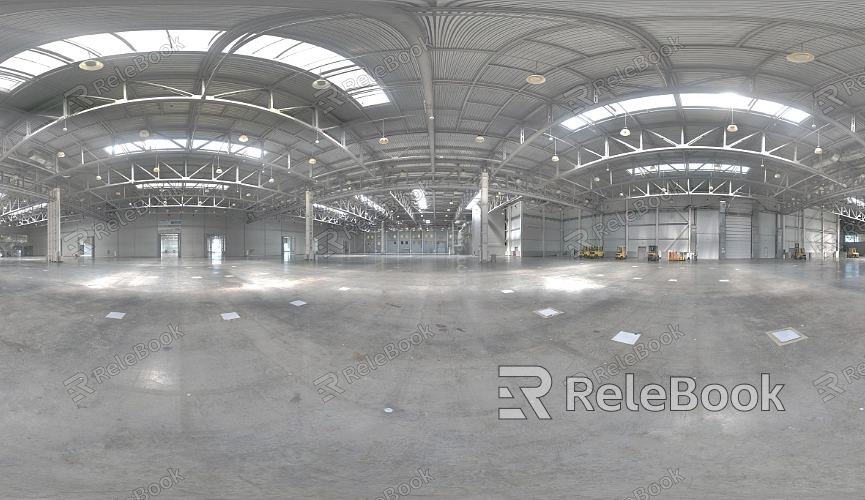What Are HDR Files? Definition and Uses in 3D Modeling
HDR files are an essential resource for 3D modeling designers when dealing with complex lighting scenarios. This file format is commonly used in 3D modeling software like Blender, 3ds Max, and Maya, providing rich lighting information that makes virtual scenes more realistic and vivid.This article will explore the definition, characteristics, and applications of HDR files, helping you improve the rendering quality of your design projects.

Definition of HDR Files
HDR files are designed to capture and store a broad range of lighting information. Unlike traditional formats such as JPEG or PNG, these files record details from the darkest shadows to the brightest highlights. This is achieved through higher bit depths (typically 32 bits or more), allowing them to retain billions of brightness levels. This high dynamic range provides more accurate lighting information in high-contrast scenes.
Bit Depth: Conventional image formats generally use 8-bit depth, meaning each color channel has 256 levels of brightness. In contrast, HDR files offer 32-bit depth, greatly expanding the range of brightness and color representation.
Color Range: High Dynamic Range images can store a wider range of colors, making the color representation in images more realistic and vivid. This is particularly important for handling complex lighting and reflections.
Applications of HDR Files
In 3D modeling, HDR formats are primarily used forenvironment lighting and light maps. These applications greatly enhance the realism and detail of virtual scenes.
Environment Lighting Maps: HDR images are commonly used as environment lighting maps. Designers apply these images to virtual spheres to simulate real-world lighting conditions, providing uniform illumination across the scene and creating natural shadows and reflections.
Light Maps: HDR images can also be used as light maps, providing precise lighting data for sources within a scene. By applying these images to light sources, more accurate ray tracing and reflection calculations can be achieved, enhancing rendering detail and realism.
Advantages of HDR Files
Using HDR image files in 3D modeling offers several benefits thatimprove image quality and optimize the rendering process.
Detail Preservation: HDR image files maintain more brightness details, preventing loss of detail in high-contrast scenes.This results in smoother and more natural transitions between light and dark areas in rendered images.
Flexible Post-Processing: Since HDR files contain rich lighting information, designers can make significant adjustments to exposure, contrast, and other parameters during post-processing without compromising image quality. This flexibility provides greater creative freedom.
Reduced Rendering Time:HDR image files can decrease the need for multiple light sources,as these images already provide comprehensive lighting data. This not only simplifies light source setup but also significantly shortens rendering times.
Selecting and Optimizing HDR Files
To fully capitalize on the advantages of HDR formats in design projects,designers need to choose appropriate HDR images and make necessary optimization adjustments.
Choosing the Right HDR Image: Different HDR images are suitable for various scenes and lighting conditions. For example, natural landscape HDR images are ideal for outdoor scenes, while city night HDR images are better for modern urban settings. Selecting the right HDR image based on project needs can greatly enhance rendering results.
Optimizing HDR Settings: After importing HDR files, designers should adjust the image's exposure, brightness, and contrast to fit the lighting requirements of the scene. These adjustments ensure accurate representation of every detail in the render.
Combining with Other Techniques: Using HDR files in conjunction with techniques like Global Illumination and Reflection Mapping can further improve rendering effects. Global Illumination simulates all light interactions within a scene, while Reflection Mapping takes advantage of the high dynamic range in these files to provide realistic reflections.
Understanding the definition, applications, and benefits of HDR formats, as well as how to select and optimize HDR images, is crucial for 3D modeling designers. HDR files not only enhance rendering realism and detail but also optimize workflows and save time. If you are looking for high-quality HDR image resources, 3D textures, SketchUp models, or 3ds Max models for creating models and virtual scenes, Relebook offers a wide range of options to help you achieve outstanding visual results in your projects.

